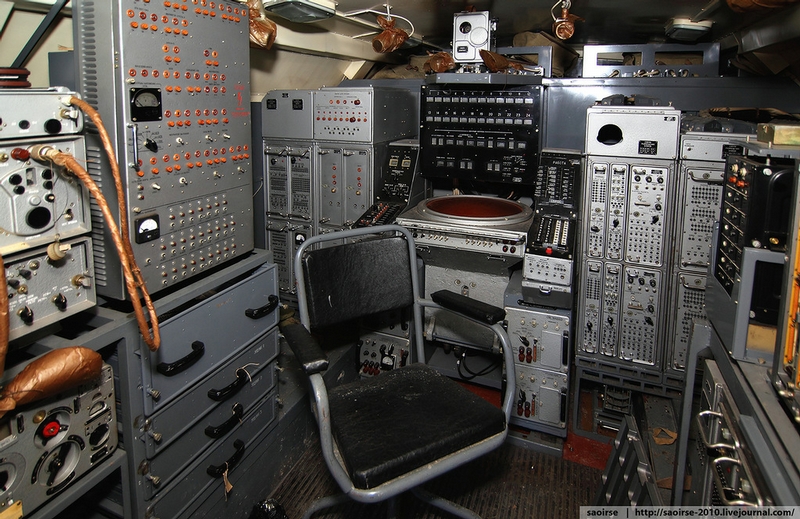


The Moskvas were succeeded by the Kiev class, much closer to true aircraft carriers. Moskva entered service in 1967, Leningrad in 1969. These ships, ungainly in appearance, displaced 17,000 tons, could make about thirty knots, and each carried eighteen helicopters. During the Cold War, the first naval aviation success were Moskva and Leningrad, a pair of helicopter carriers designed primarily for antisubmarine warfare. The Soviet Union made several efforts at developing aircraft carriers early in its history, but a lack of resources, combined with a geography that emphasized the importance of land power, made serious investment impossible. Although many of the problems that wracked the naval aviation projects of the Soviet Union remain today, the Russian navy nevertheless sports one of the more active aircraft carriers in the world. Big plans for additional ships died with the Soviet collapse, but Russia inherited one large aircraft carrier at the end of the Cold War-that remains in service today.

Historically a land power, the Soviet Union grappled with the idea of a large naval aviation arm for most of its history, eventually settling on a series of hybrid aircraft carriers. The Russian surface fleet has not received a great deal of attention in the latest military modernization plans, and the Russian shipbuilding industry has not constructed a warship the size and sophistication of Kuzentsov since… well, Kuznetsov. Kuznetsov is old and in poor condition, and no carrier is even close to be laid down. Here's What You Need To Remember: The aviation capability of the Russian navy is dangling by a thread.


 0 kommentar(er)
0 kommentar(er)
